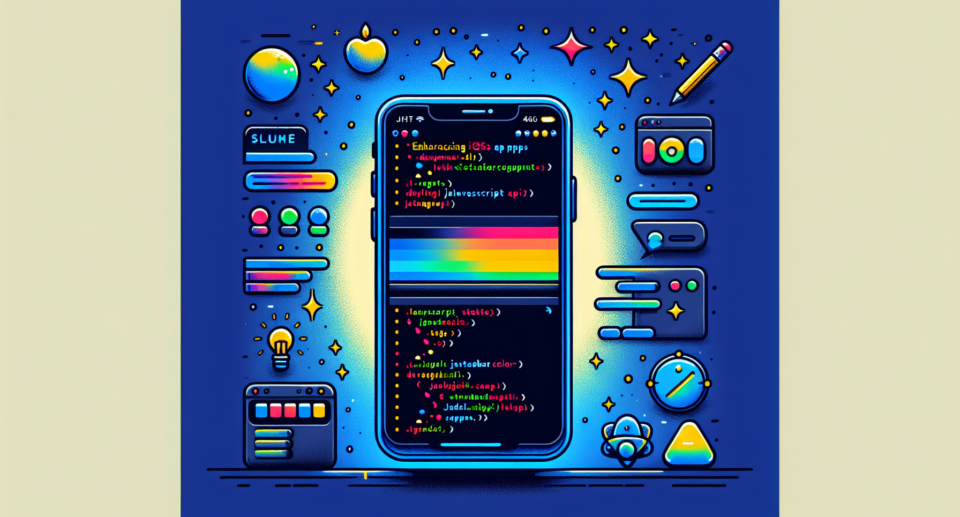Enhancing iOS Apps with Dynamic Status Bar Color: A Deep Dive into WebViewGold’s JavaScript API

In the competitive world of mobile app development, user interface (UI) design plays a crucial role in ensuring app success. One key aspect that impacts UI is the color scheme, including the status bar color. This often-overlooked element can greatly enhance the user experience by providing a seamless and visually appealing design. In this blog post, we’ll explore how you can dynamically change the status bar color in iOS apps using WebViewGold‘s JavaScript API.
The Importance of Status Bar Color
The status bar, located at the top of your iOS device screen, displays important information such as time, battery level, and network status. While its primary function is to convey essential information, the status bar also contributes to the overall aesthetics of your app. By aligning the status bar color with your app’s theme, you can create a cohesive and immersive user experience.
Introducing WebViewGold
For developers looking to convert websites into iOS apps quickly and easily, WebViewGold offers a robust solution. With WebViewGold, you can transform any website into a fully functional iOS app without extensive coding knowledge. One of its standout features is the ability to customize the status bar color dynamically using simple JavaScript commands.
Why Use WebViewGold‘s JavaScript API?
WebViewGold‘s JavaScript API is designed to be user-friendly and efficient. It allows developers to control various aspects of their app seamlessly, including the status bar color. This feature is particularly valuable for apps that require different color schemes for different sections or pages. For instance, if your app has both light and dark themes, you can adjust the status bar color to match each theme effortlessly.
Step-by-Step Guide to Changing Status Bar Color
Let’s dive into the practical steps to dynamically change the status bar color using WebViewGold‘s JavaScript API.
1. Initialize Your WebViewGold Project
First, make sure you have your WebViewGold project set up. If you’re new to WebViewGold, follow the comprehensive documentation provided to get started. Once your project is initialized, you can begin utilizing the JavaScript API.
2. Add JavaScript Code to Your Website
To dynamically change the status bar color, you’ll need to add a snippet of JavaScript code to your website. Here’s a sample code snippet to get you started:
“`javascript
function changeStatusBarColor(color) {
if (window.WebViewGold) {
window.WebViewGold.changeStatusBarColor(color);
}
}
// Example usage:
document.addEventListener(‘DOMContentLoaded’, function () {
changeStatusBarColor(‘#FF5733’); // Set status bar to a specific color
});
“`
This function checks if the WebViewGold interface is available and then changes the status bar color to the specified value.
3. Trigger Status Bar Color Change Dynamically
Depending on your app’s requirements, you may want to trigger the status bar color change dynamically based on user actions or page loads. Here’s an example of how you can achieve this:
“`javascript
document.getElementById(‘lightThemeButton’).addEventListener(‘click’, function () {
changeStatusBarColor(‘#FFFFFF’); // Change to light theme color
});
document.getElementById(‘darkThemeButton’).addEventListener(‘click’, function () {
changeStatusBarColor(‘#000000’); // Change to dark theme color
});
“`
In this example, clicking different buttons will change the status bar color accordingly.
Conclusion
